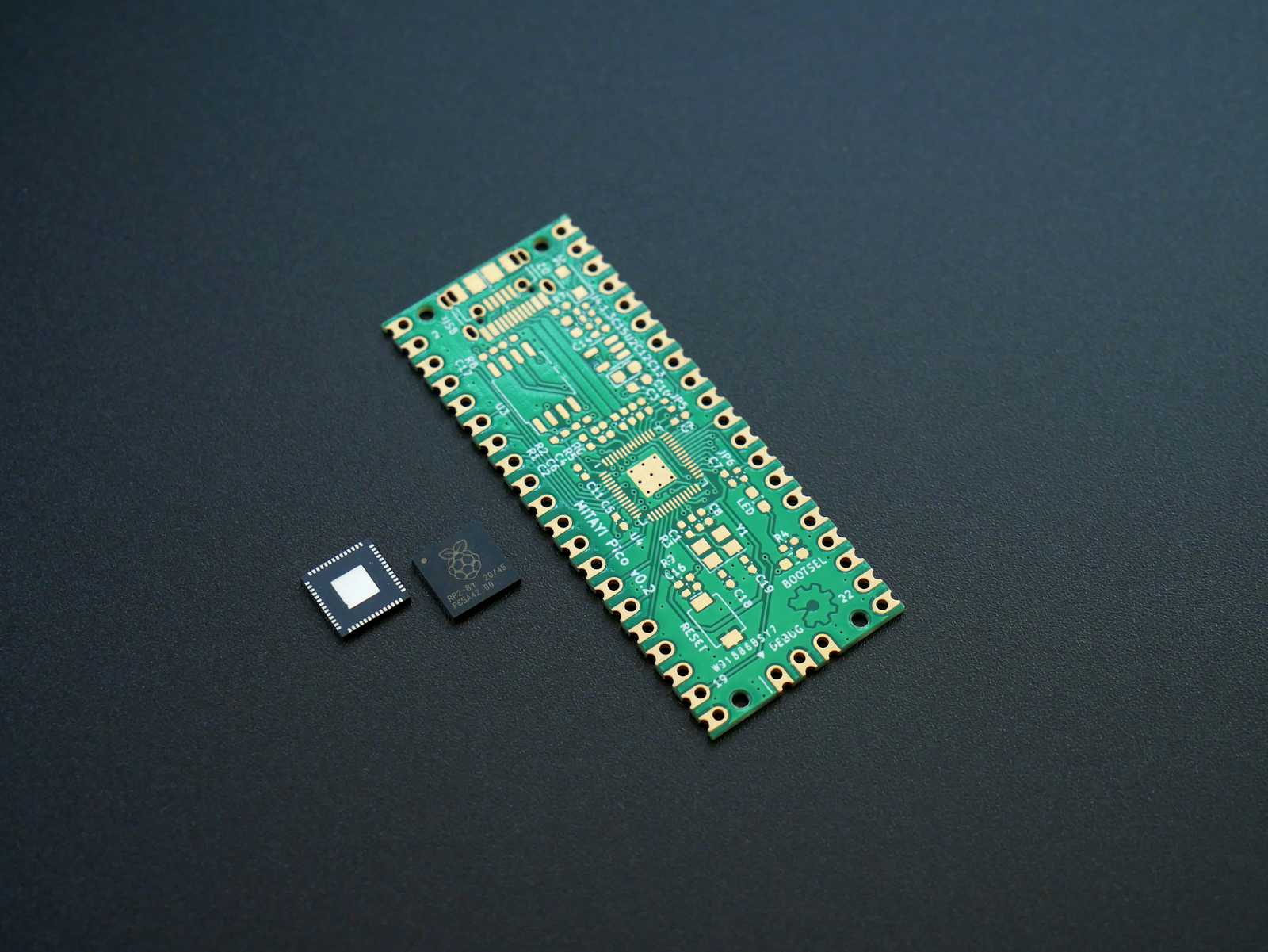
Streams: In general and in Node.js
Published: Jul 15, 2024Last Updated: Jul 15, 2024
memory-managementstreams in nodejs
The other day, I had an interview for the backend engineer position. At one point, they asked if I knew about streams. While I had an understanding of network streams, I was thrown off when the interviewer presented a scenario involving memory size and file size. This led to realizing how processing large files works through streams.
Understanding Streams and their Role
- Streams are a fundamental concept in Node.js for reading or writing data continuously. They allow data to be processed in chunks rather than loading the entire file into memory.
- In the scenario presented during the interview, with a memory size of 2MB and a file size of 10MB, the file would be read in smaller chunks through streams. This prevents overwhelming the memory with the entire file at once.
Realization and Connection to Streaming Services
- Reflecting on this, I made the connection that the concept of streaming in applications like YouTube or Netflix involves data being processed in small portions, similar to how streams work in programming.
- When we watch a video on YouTube, for example, the video is being streamed to our device in small pieces, allowing for smoother playback and less strain on memory.
Exploring Streams in Node.js
- In Node.js, streams are implemented through several types, such as Readable, Writable, Duplex, and Transform streams.
- These streams enable developers to efficiently handle reading from and writing to files, communicating with networks, and other data processing tasks.